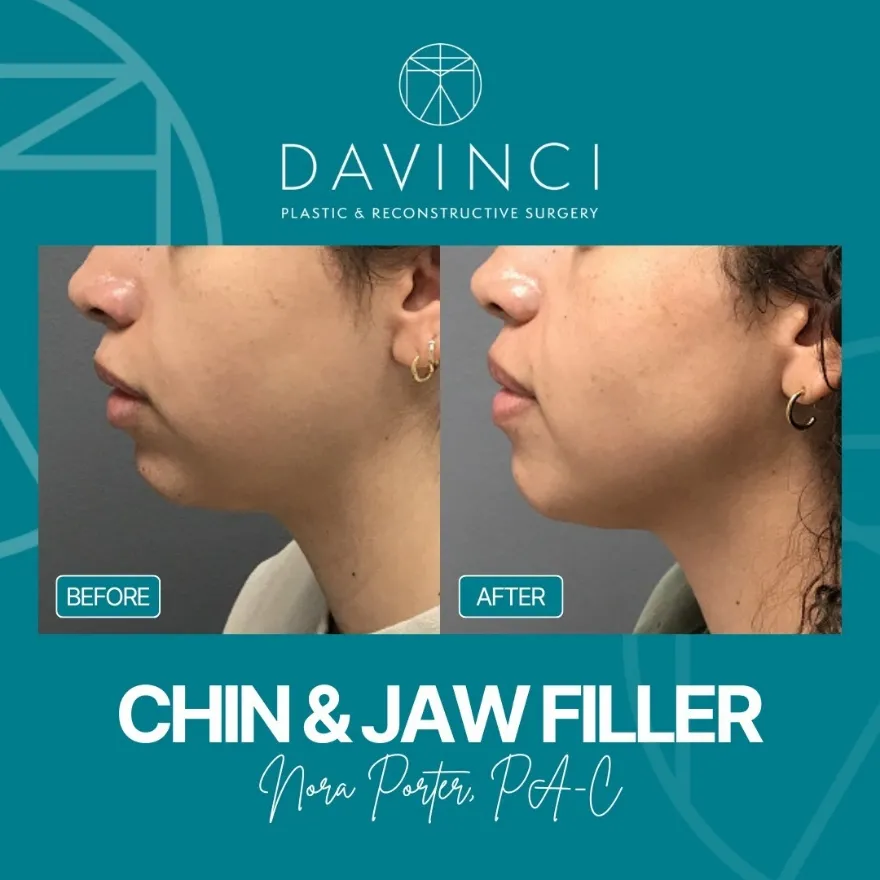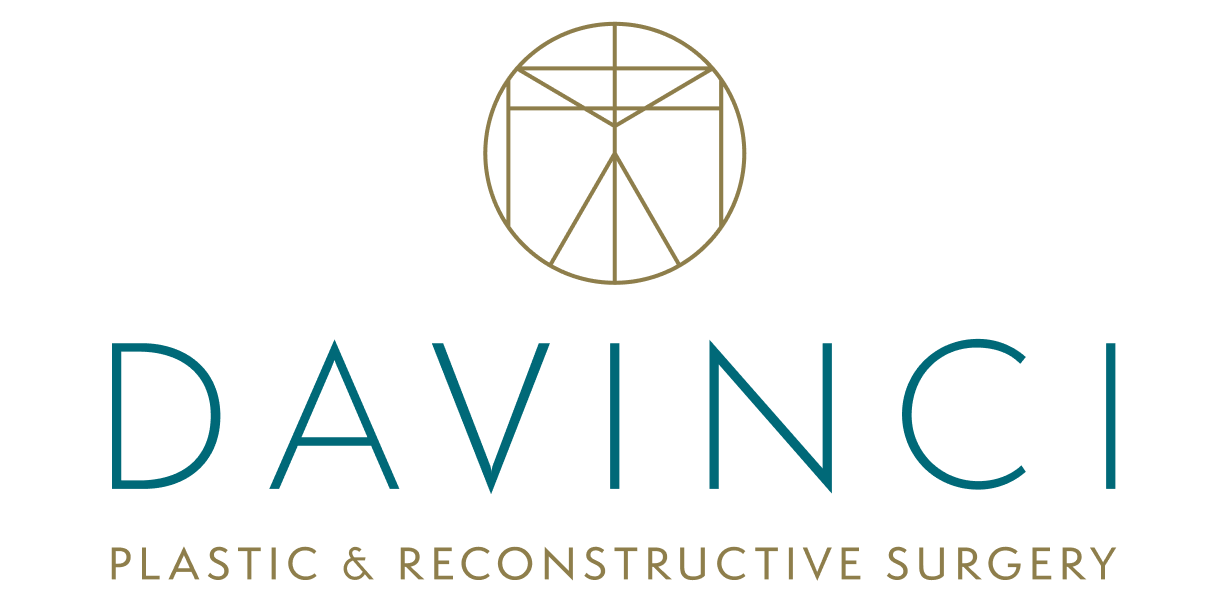RESTORATIVE BREAST RECONSTRUCTION…Flap Methods
Posted March 18, 2012 in Body Cosmetic Surgery, Breast Cosmetic Surgery, Breast Reconstruction Surgery, Uncategorized
The reasons women choose to have restorative breast procedures are well stated in these quotes … “I need to feel whole again,” – “You have given me back what cancer took away,” – “The reconstruction of my breasts made me feel restored…not reconstructed,” – “I want to look as good as I feel,” – “I […]
Read More







